How to convey brand...
Types and applications of metal packaging materials
1. Low carbon steel sheet
In metallurgy, iron-carbon alloys with a carbon content of less than 0.25% are called low-carbon steel, and thin steel plates made of low-carbon steel are called low-carbon thin steel plates. Low-carbon thin steel plates are rolled from steel ingots or continuously cast steel. According to different rolling methods, low-carbon steel sheets can be divided into two types: hot-rolled low-carbon steel sheets and cold-rolled low-carbon steel sheets. It can be used as the original plate for the production of tinned and non-tinned steel sheets; it can also be used to directly manufacture metal packaging containers, such as containers, ordinary steel drums, etc.; it can also be used as a strapping material. The container made of it has greater strength and rigidity, and has the advantages of low cost and good processing performance.
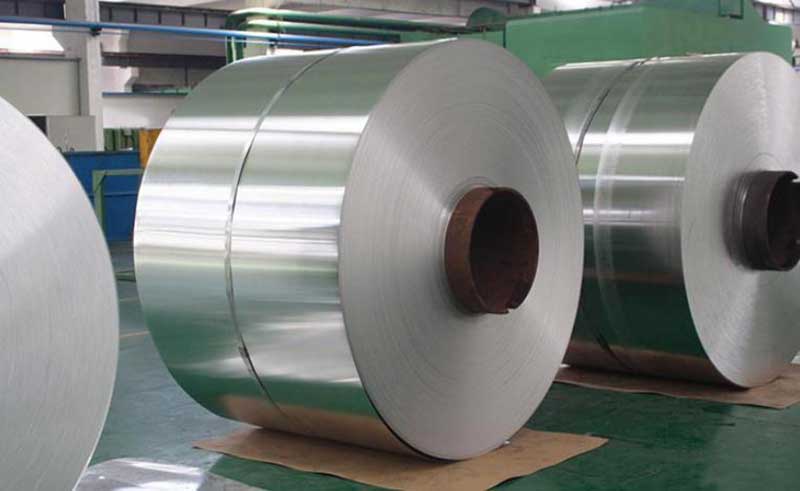
Low-carbon thin steel plates used to manufacture metal packaging containers include ordinary carbon structural steel low-carbon thin steel plates and high-quality carbon structural steel low-carbon thin steel plates. When the mechanical properties of the metal packaging container are not high and do not need to withstand deep drawing, ordinary carbon structural steel low-carbon thin steel plates can be selected. When the mechanical performance requirements of metal packaging containers are high, high-quality carbon structural steel low-carbon thin steel plates can be selected. The carbon content of the low-carbon steel sheet used to manufacture metal packaging containers is generally between 0.05% and 0.22%.
2. Tin plated iron
Duo system is the abbreviation of electro-tinned steel sheet, which refers to cold-rolled low-carbon steel sheet or steel strip plated with commercial pure tin on both sides. Tin mainly plays a role in preventing corrosion and rust. It combines the strength and formability of steel with the corrosion resistance, solderability and beautiful appearance of tin in a single material. It has the characteristics of corrosion resistance, non-toxicity, high strength and good ductility.

The characteristics of tin plate vary with tin plating method, plating thickness and surface treatment method. But it has an essential influence on the characteristics, but it is the composition of the tin-plated original board. The tin plate is composed of five layers of steel substrate, tin-iron alloy layer, tin layer, oxide film and oil film. It is worth noting that a layer of tin-iron alloy is produced between the steel substrate and the tin layer. This is produced by reflow treatment and passivation treatment after tin plating on the steel plate. It not only acts as a mediator to make tin firmly adhere to the surface of the steel plate, but also brightens the tin layer and compensates for the pores in the tin plating layer. , Improve the corrosion resistance of steel plate. Generally speaking, the thickness of the tin-plated layer is 0.5-2.0 μm, and the thickness of the tin layer in the hot-dip tinning method is greater than that of the tin-plating method. Although the tin layer above is very thin, it is a very useful "coat". Ironhide puts on this coat, which is not only beautiful, but also has many excellent characteristics. The chemical properties of tin are very stable. It will not react chemically with water. Even if it is kept in contact with moist air for a long time, it will only gradually form a dense oxide film on its surface. This film can prevent tin from being degraded. Continue to oxidize, which is why the tin-plated iron sheet resists corrosion.
Metal packaging mainly uses tin-plated iron sheets as raw materials. Tin-plated iron sheets are mainly produced in Japan, South Korea, and the United States. Because tin-plated iron sheets are soft and flexible, they are easy to shape into different shapes. Generally, products packaged in tin-plated iron boxes target the high-end market. The main consumer markets for tin-plated iron packaging in the world are in Europe and the United States. Tin boxes are mainly used for food packaging, and others are used for wine, chocolate and tea packaging. Secondly, the tobacco industry has a huge market because these products require sealed tin boxes.
3. Wuxi steel plate
The chromium-plated thin steel plate is a new type of can-making material developed due to the small tin resource and high cost of tin-free steel plate. There are more and more applications in the United States, Europe and Japan, replacing some tin-plated materials. Chromium is a hard metal with silvery white luster. It has good hardness, abrasion resistance, matrix bonding, and high heat resistance. The original plate used for the chrome plate is the same as the tin plate, and they are both low-carbon structural thin steel plates, but the chrome layer is very thin (<1.3μm), and the process is the same as that of the tin plate. Therefore, in general, the original tin-plating production line only needs to be modified slightly, and the chrome-plating tank can be added to realize the dual-purpose of tin-plating or chrome-plating. The structure of the chrome plate has 4 layers: a steel substrate, a metal chromium layer, a hydrated chromium oxide layer and an oil film. Although the corrosion resistance of chrome plate is not as good as that of tin plate, it also has certain corrosion resistance, so it is suitable for the packaging of weak acid food. Such foods are widely used in the international market, such as meat, fish, poultry, dairy products, vegetables, carrots, peas, beets, potatoes and various beverages and soups. At present, chromium-plated steel plates are mainly used in the domestic production of beer bottle caps, beverage and neutral food can coating caps, and food cans are rarely used.
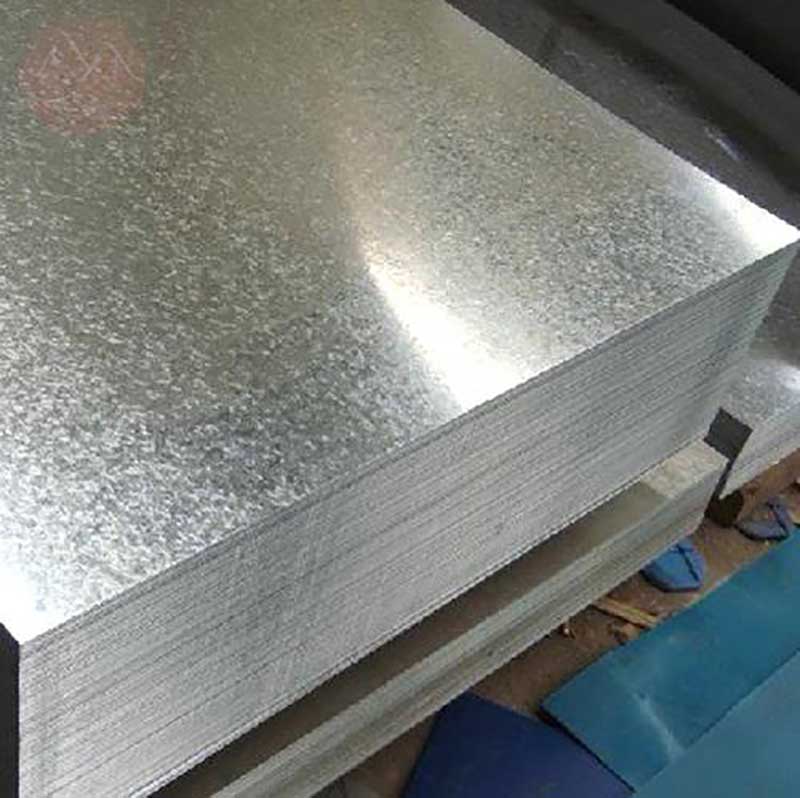
4. Tinplate
Galvanized sheet steel is one of the materials for barrels (cans), and is mainly used to make industrial product packaging containers. After pickling the thin steel plate, it is processed by hot-dip galvanizing, so that the surface of the steel plate is coated with a zinc protective layer with a thickness of 0.02mm or more. Because the electrode potential of zinc is lower than that of iron, and the chemical properties are more active, a zinc oxide film can be quickly formed in the air. This zinc oxide film is very dense, which protects the zinc and steel plate from corrosion, even if it is scratched. The galvanized layer protects the iron because the zinc is oxidized first, which greatly improves the corrosion resistance of the steel plate. After the container is made of galvanized sheet, there is no need for surface anti-corrosion treatment. Therefore, galvanized steel sheet is widely used to make metal packaging containers. This kind of container has high strength and good sealing performance, and is widely used in industrial product packaging. Packaging materials.
Galvanized steel sheet is a low-carbon thin steel sheet with galvanized surface. The galvanized layer is a protective coating that can protect the steel plate from atmospheric corrosion during use. The galvanized layer generally has to be passivated. The passivation film formed after passivation in chromic acid or chromate solution is not easy to interact with humid air and has a strong anti-corrosion ability. But zinc is easily soluble in acid or alkali, and easily reacts with sulfide, so it is not suitable for packaging acidic, alkaline or sulfide products.
5. Coated steel plate
Coated steel sheet, that is, organic coated steel sheet, refers to the coated metal material obtained by applying organic paint on the surface of the steel sheet. Such coated steel sheets do not need to be painted after being made into various packaging products, so the coated steel sheets are often classified as pre-coated steel sheets. According to estimates by relevant experts, coated steel plates will be widely used in the metal packaging industry to replace the current backward production process of coating metal packaging products in the production process. Coated steel plate has the advantages of both organic polymer and steel plate. It not only has good colorability, formability and corrosion resistance of organic polymer, but also high strength and easy processing of steel plate, which can be easily punched. , Bending, deep drawing, welding and other processing.
In recent European packaging design competitions, the best prizes are metal cans, which use easy-open lids and a common thickness of 0.17mm steel substrate, coated with polymer coatings on the surface of the metal packaging. The manufacturer of the metal packaging box believes that the tear-off lid can also be used, and there is no need to vent when the can is cooked. This square can occupies 20% less space than a round package, and its axial load-bearing capacity is 2kN, which is completely within the performance range of conventional metal cans, and the four sides of the can body can be printed with high-quality patterns.
A few years ago, the British Caris company put on the market a newest decorative steel plate. This material is composed of chromium oxide electroplated steel plate and several layers of polymer coating film on the surface. It has been applied in Europe. This polymer spraying material has several layers of composite film, which can be metalized and can be printed with holographic trademarks. It has a protective layer, which is conducive to printing. Because the entire process is carried out on a flat surface, this series of decorative steel plates are not suitable for stretched cans, but it is ideal for decorative containers, easy-open lids, screw-off lids, crown caps, composite can end caps and three-piece cans. s material. The surface of the material is smooth and beautiful, and it opened the metal container market once it came out.
Britain's Fleet Light Company is the most famous supplier of polymer-coated steel, and its products have been on the market for several years. When the polymer film is glued to the surface of the steel plate, the material must be melted and cooled down rapidly in order to produce a package with good barrier properties, strong corrosion resistance and eye-catching. There is also a new type of coating process that directly squeezes the resin onto the steel plate, which is currently used in the production of food cans.
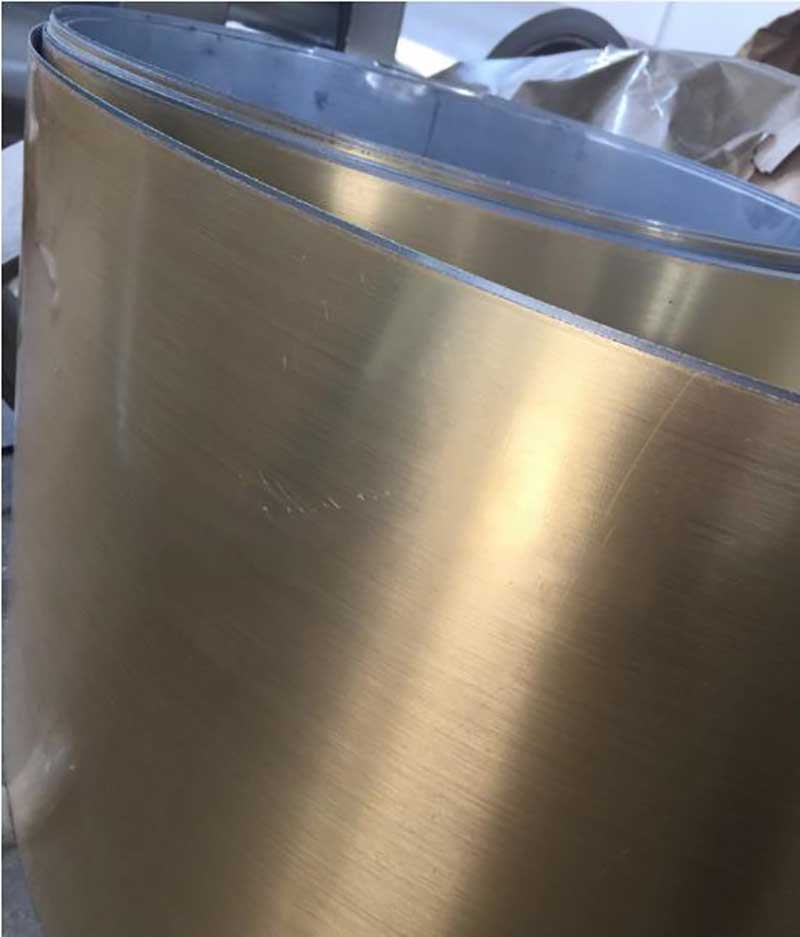
6. Coated iron
The composite material made by laminating the plastic film on the cold-rolled thin steel plate through the melting method or the bonding method is called "Laminated Steel", which can also be called "plastic coated iron" as opposed to coated iron. Such composite materials have been widely used in home appliances and decorative materials more than 10 years ago. However, its application in the tin-printing can industry has begun to emerge in recent years.
The impact and corrosion resistance of coated iron is unmatched by coated iron. Because it is a composite board of plastic film. In other words, coating iron has the contradiction between corrosion resistance and adhesion, which can be easily solved for coated iron. For the packaging of ketchup cans and two-piece cans, coated iron is an ideal material. Because the coated iron is a metal material with the dual characteristics of plastic film and metal sheet. Therefore, under normal circumstances, it is not necessary to use tin-plated iron as a substrate to produce coated iron. Under the current situation of skyrocketing tin-plated iron prices, the cost advantage of using cold-rolled sheet coating is obvious. The production of coated iron does not have a large amount of solvent exhaust gas discharged, and the film forming temperature is only about 70°C, so its production cost is also much lower than that of coated iron.
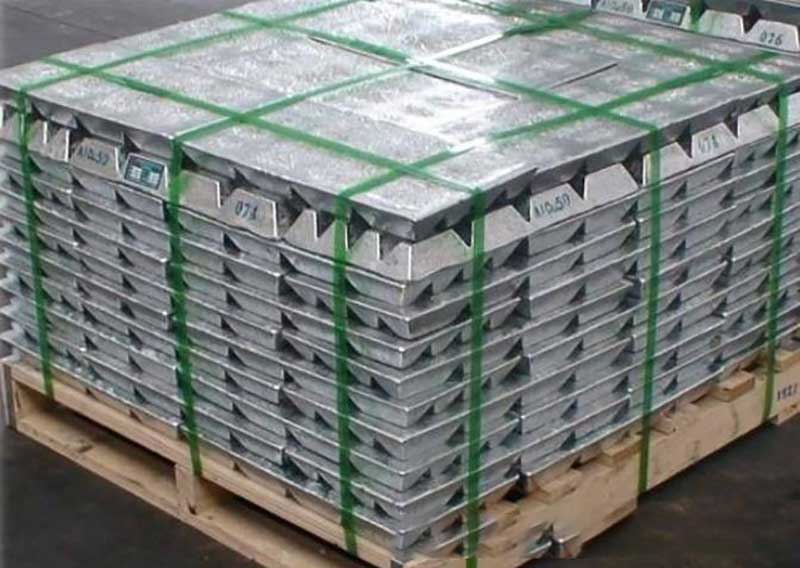
7. Aluminum
Aluminum is a resource-rich white light metal, and the world's aluminum output is second only to steel. Its application in the packaging industry occupies the first place in non-ferrous metals. In recent years, the amount of aluminum used in packaging has increased due to its series of excellent properties. It has a low density, only 1/3 of steel, and lighter weight; it has excellent workability and is easy to stamp into various complex shapes; it has strong corrosion resistance and will not rust; barrier properties, light-shielding properties, and fragrance retention properties Excellent, can effectively protect the product; high thermal conductivity, easy to sterilize aluminum cans; silvery white, beautiful color, and high reflectivity to light, easy to print, good printing effect; non-toxic, tasteless, and will not be caused by aluminum The ions escape and bring peculiar smell to the food inside; the waste aluminum container can be recycled and remelted, and there is no environmental pollution. As a packaging material, aluminum is generally made into aluminum plates, aluminum blocks, aluminum foils, and aluminum-plated films. Aluminum plates are usually used as can-making materials or lid-making materials; aluminum blocks are used to make extruded and thinned stretch-shaped cans; aluminum foil is generally used for moisture-proof inner packaging or composite materials and flexible packaging.
.jpg)

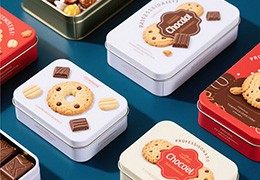
.jpg)
.jpg)
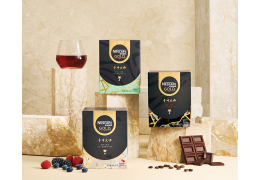
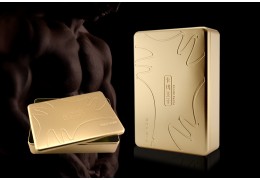
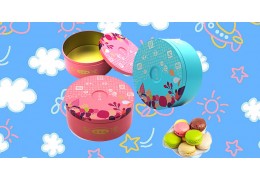
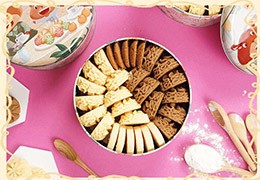
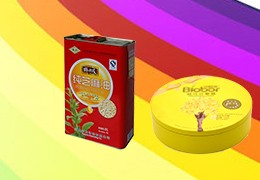
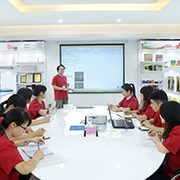
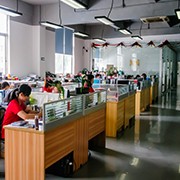


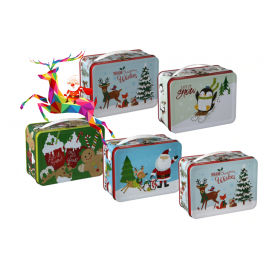
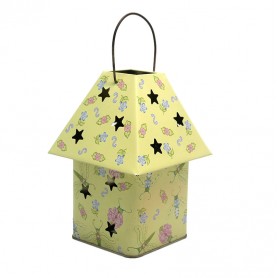
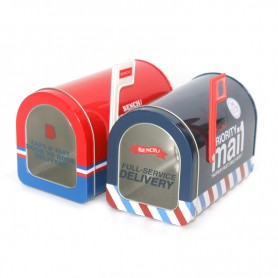

Latest comments